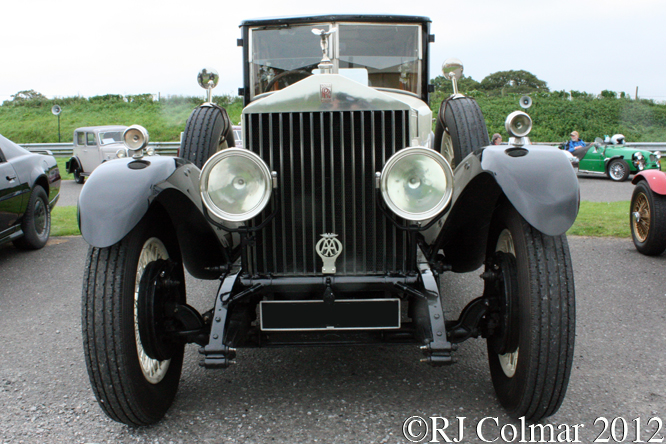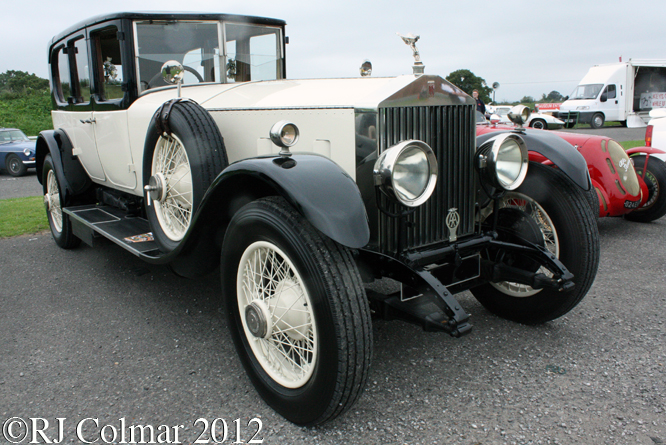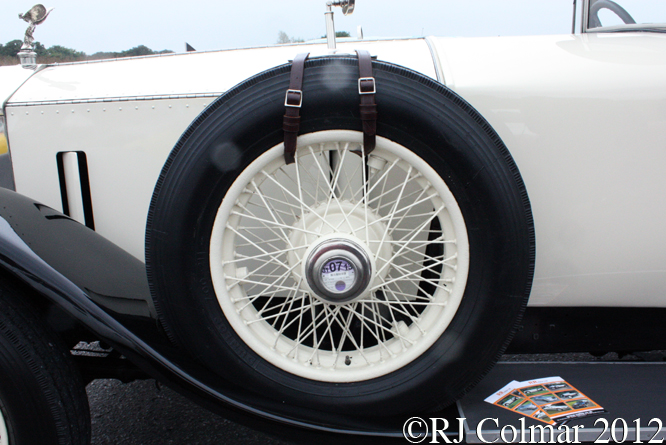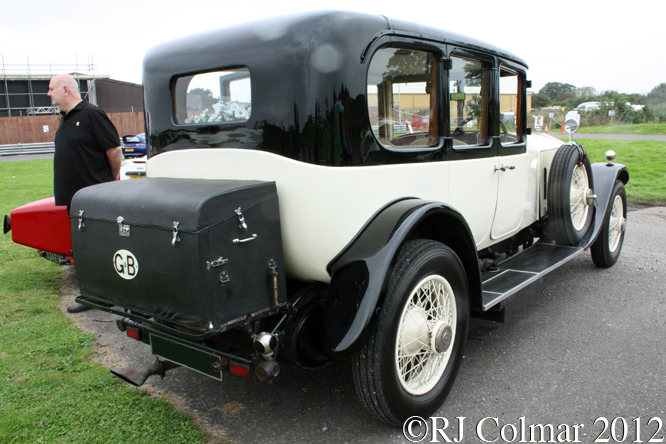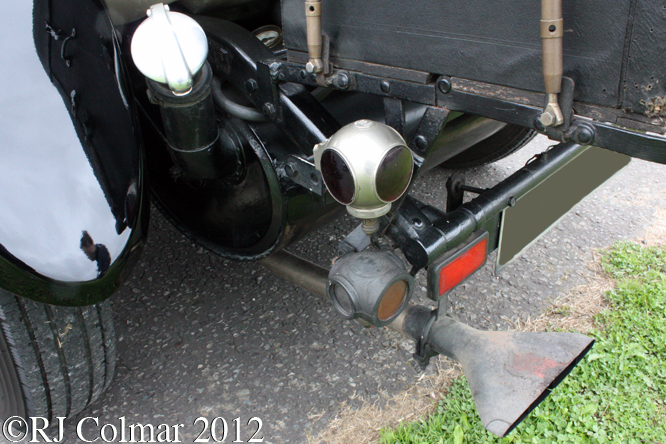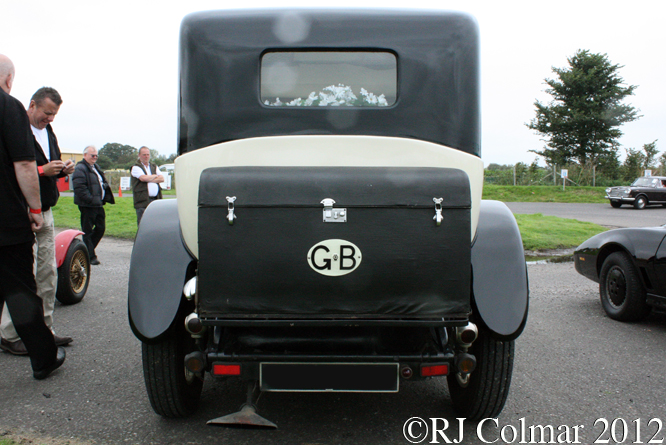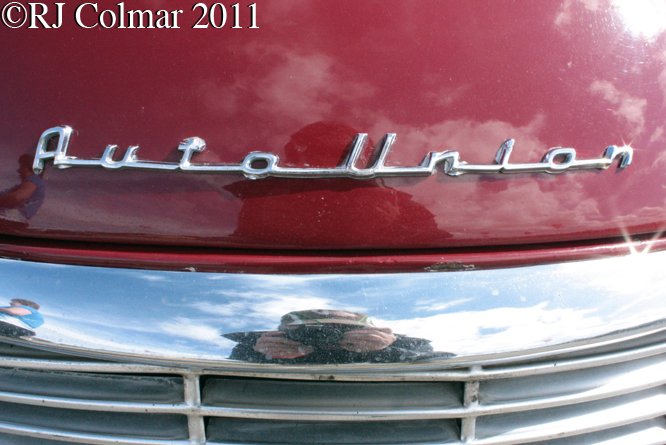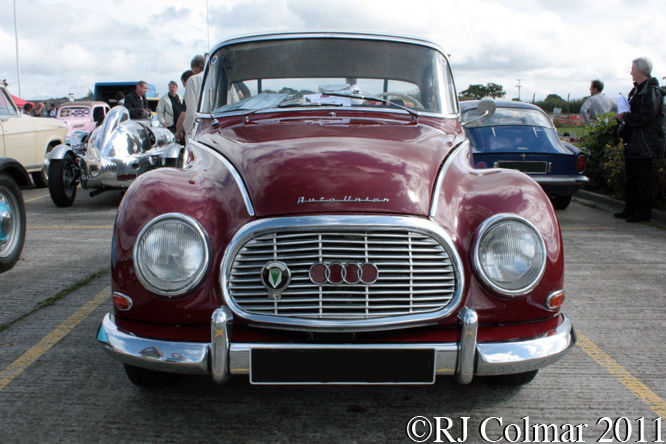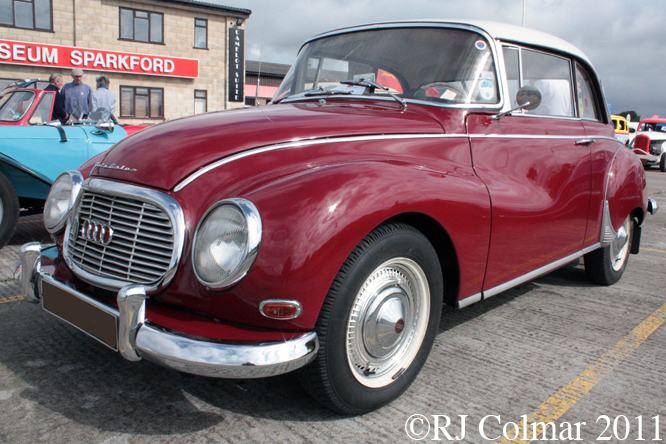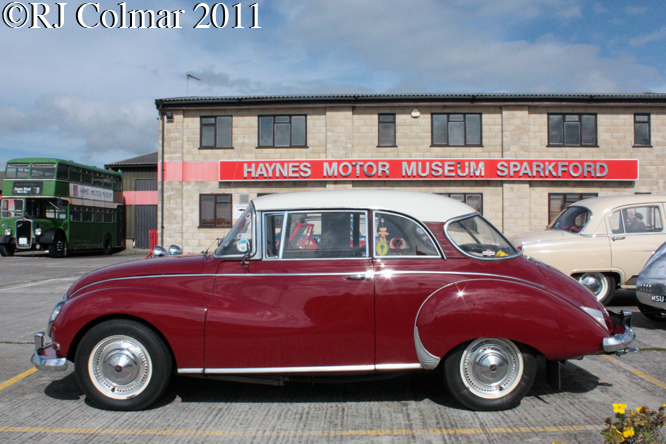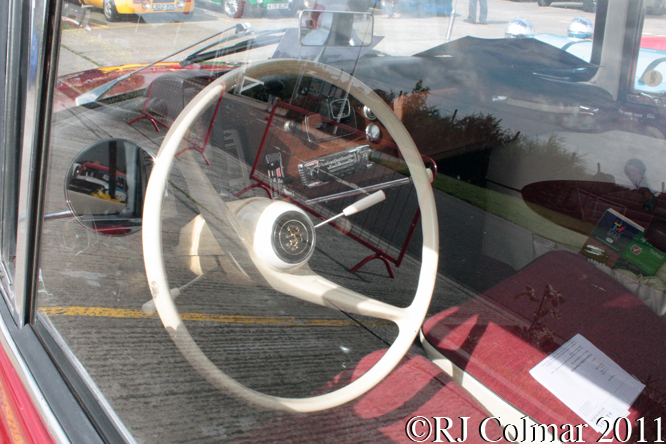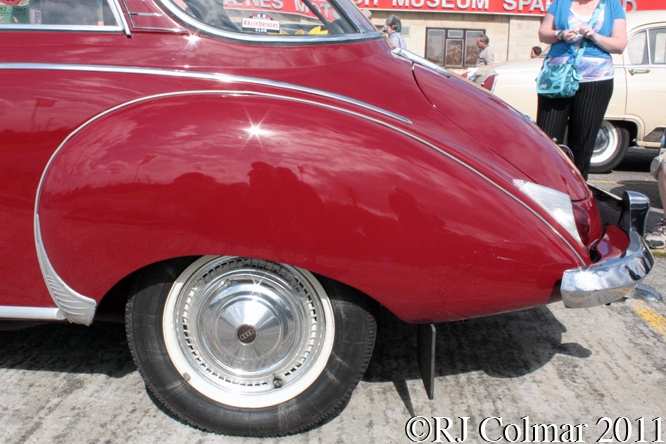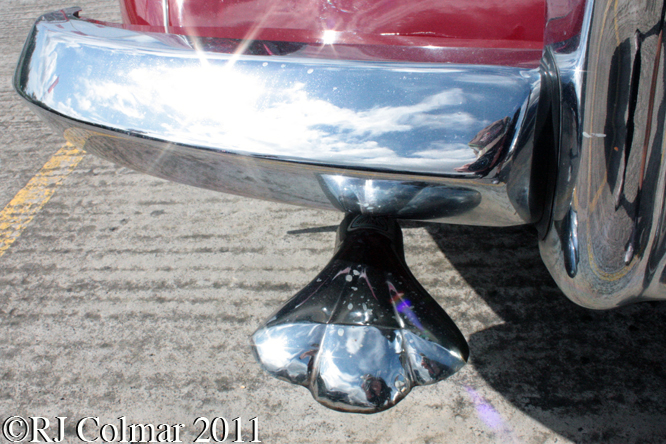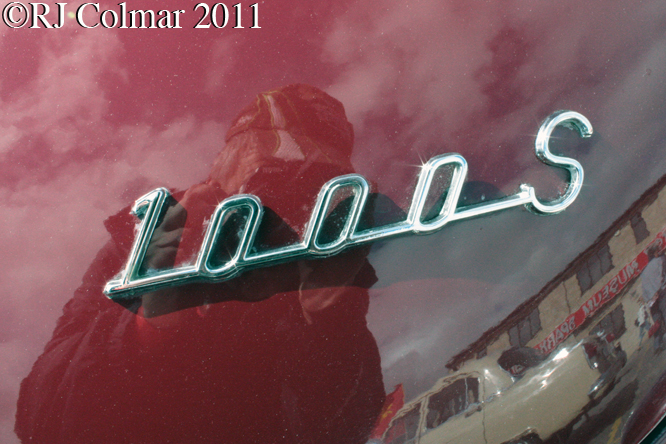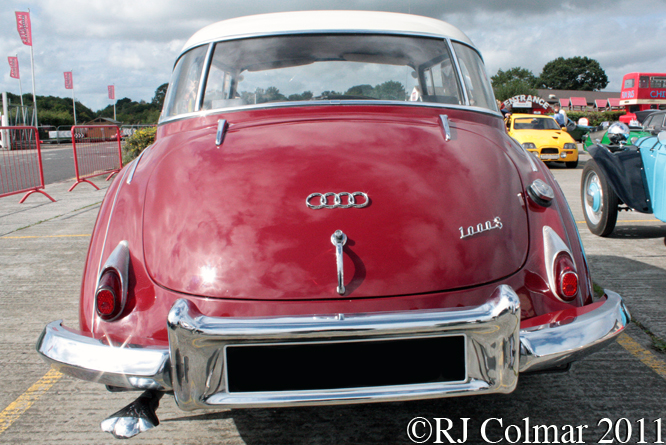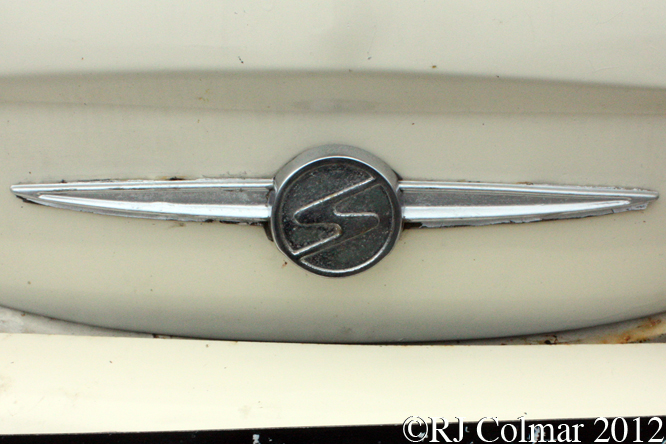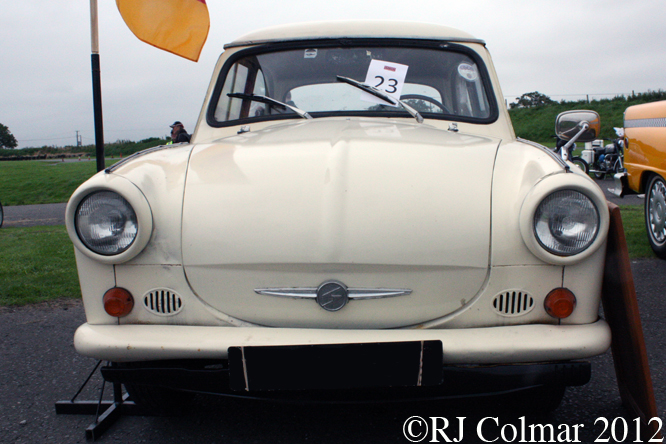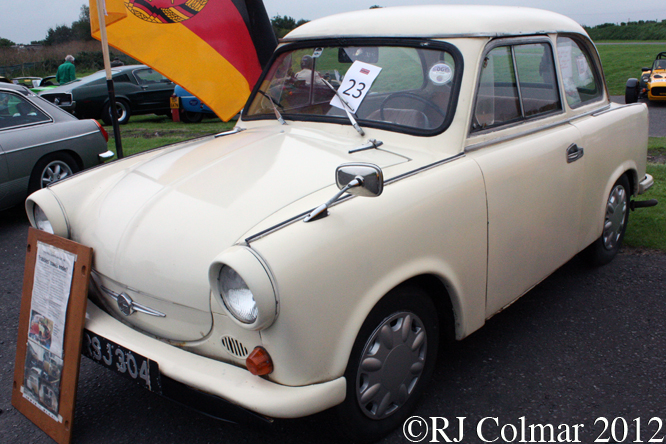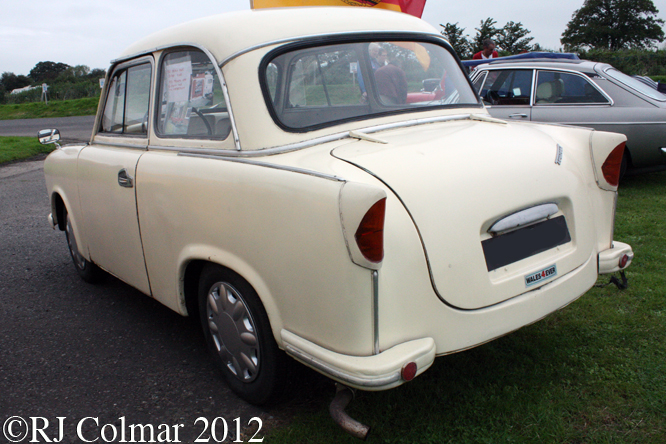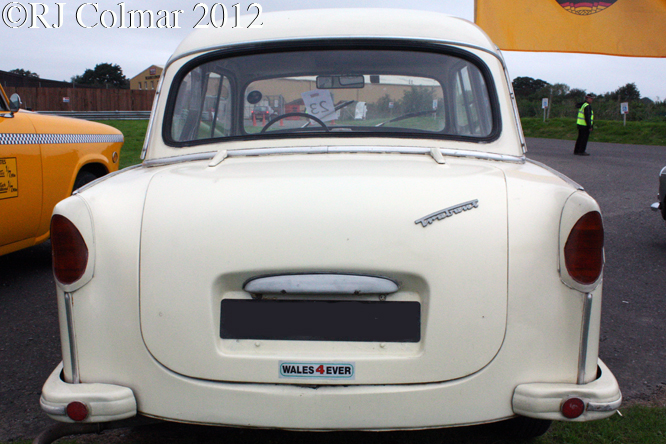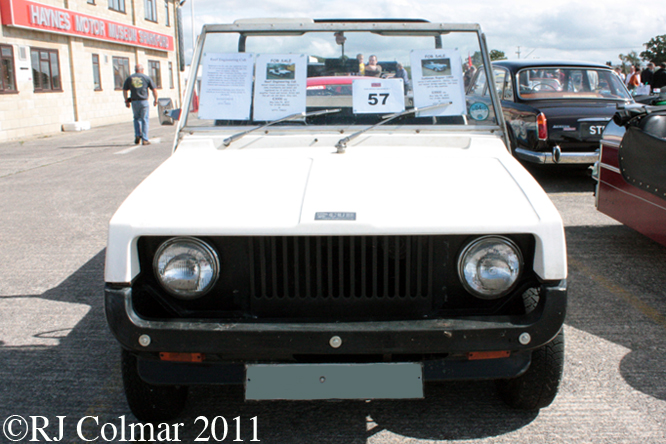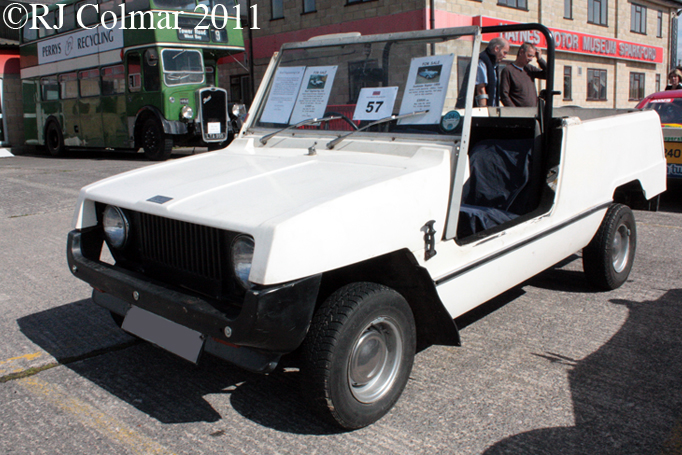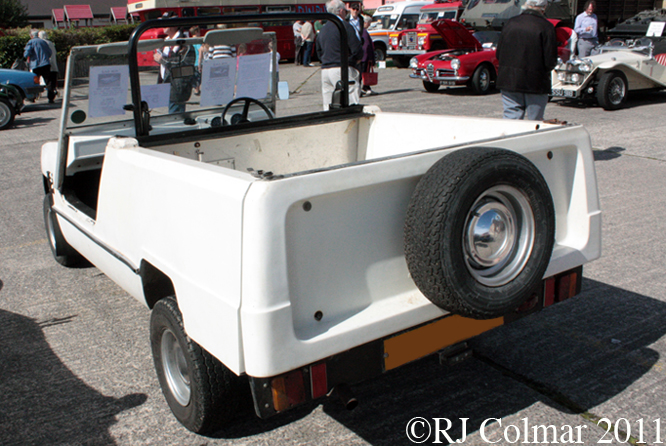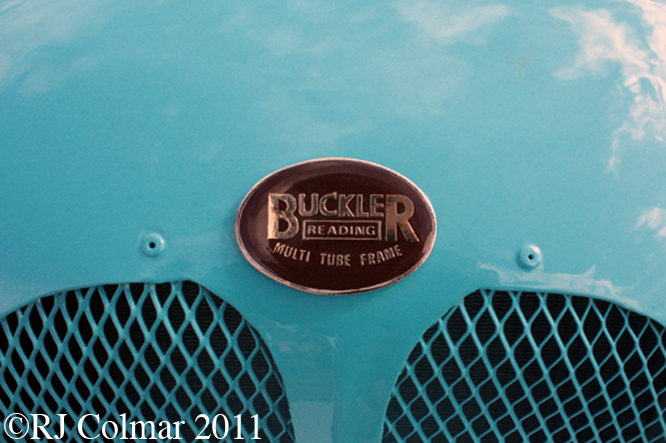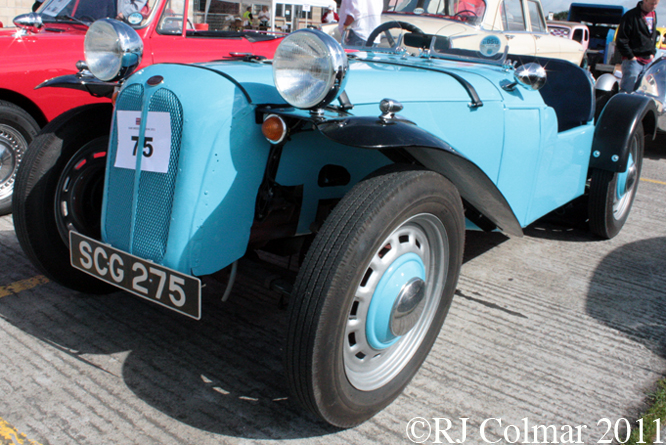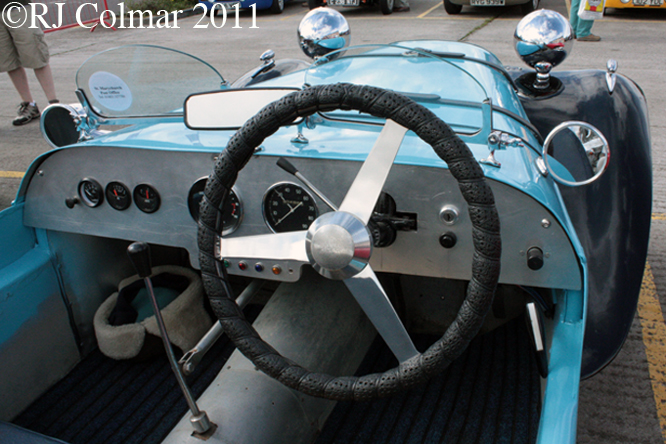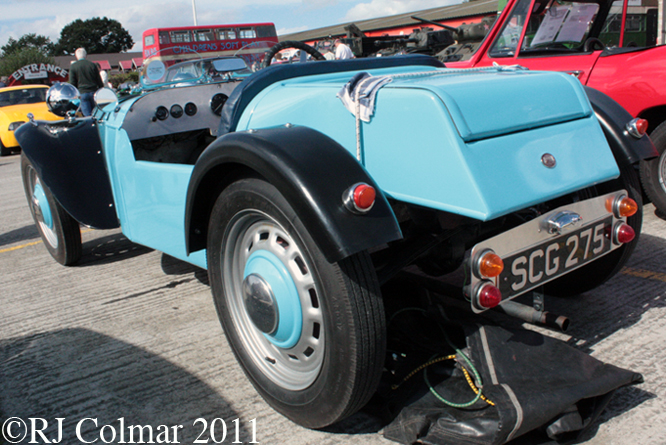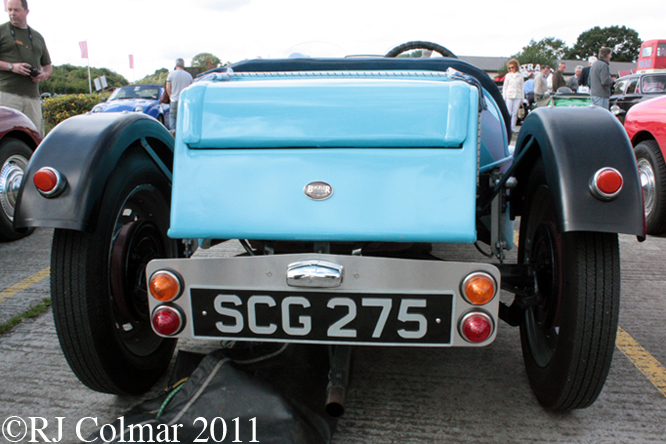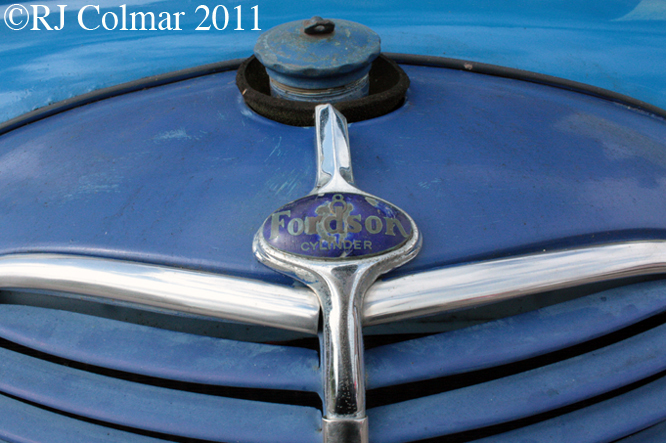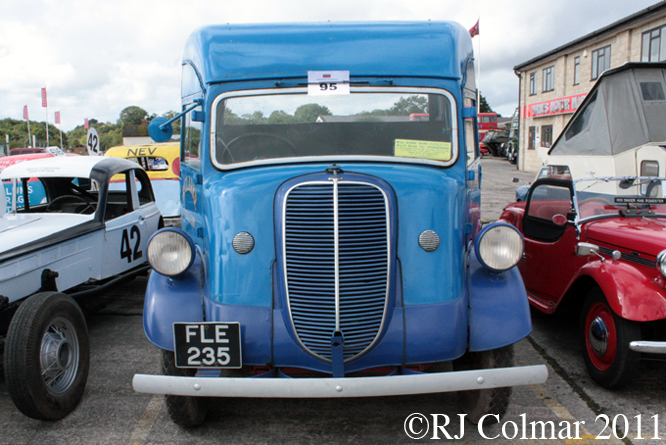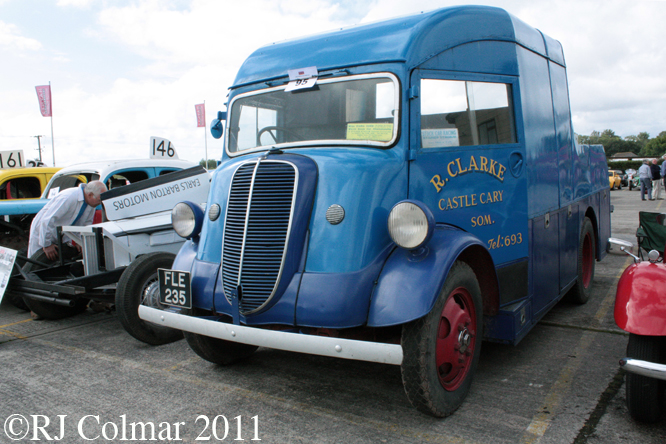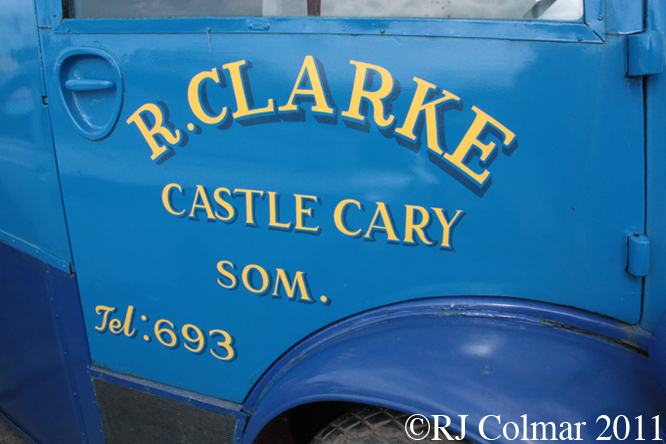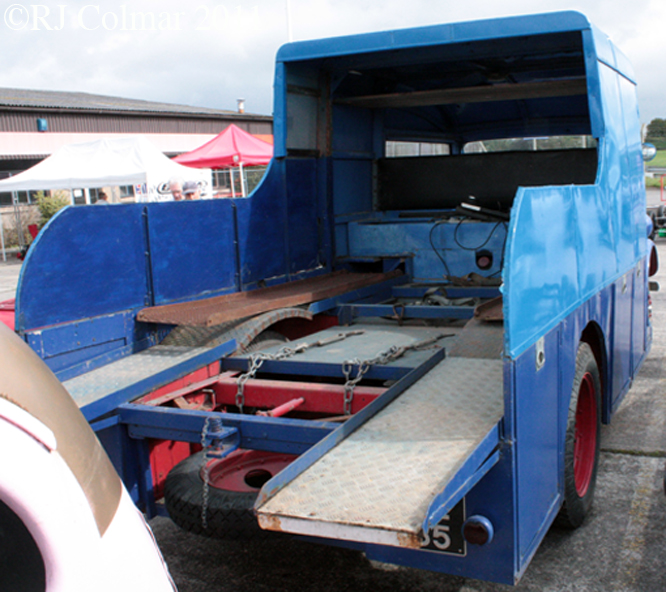Last Sunday I managed to pop out for a couple of hours to catch the 5th Rare Breeds Show at the Haynes International Motor Museum.
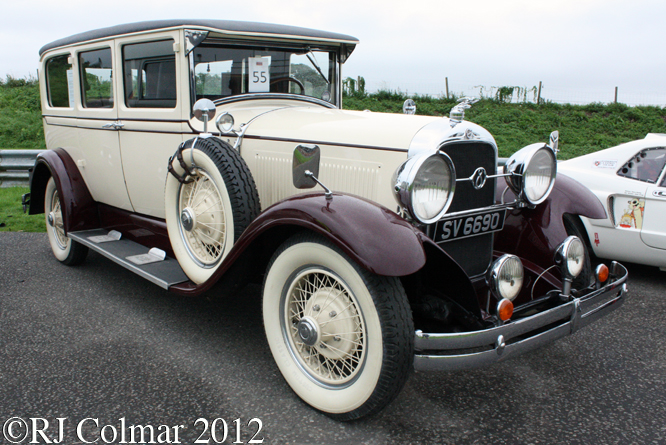
Back in 1928 $2,450 could get you this Studebaker President 8 Limousine powered by a 100 hp 5121 cc / 313 cui straight 8 motor. This car which competed on price with Chrysler and Buick but in interior finish with Packard and Duesenburg, was built in Walkerville Canada and is believed to be the only one of 2450 built still on the road. It is operated as a wedding car by vintage-wheels.co.uk.
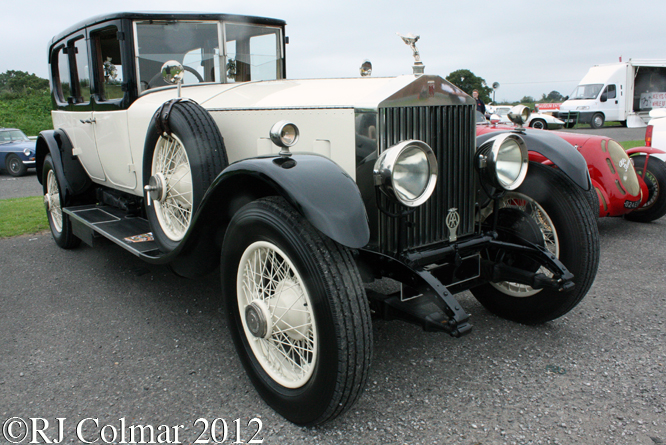
Rolls Royce New Phantoms, built from 1925 to 1929 replaced the Rolls Royce Silver Ghost series, with a new overhead valve six cylinder motor replacing the side valve motors of the earlier models. These cars were built in Derby England and Springfield Massachusetts. This 1929 model would be one of the last New Phantoms built, they were replaced in 1929 by the Phantom II at which point New Phantoms became retrospectively known as Phantom I’s. I hope you are paying attention in the back there, this car was one of several at the rare breeds show operated by rrelite.co.uk.
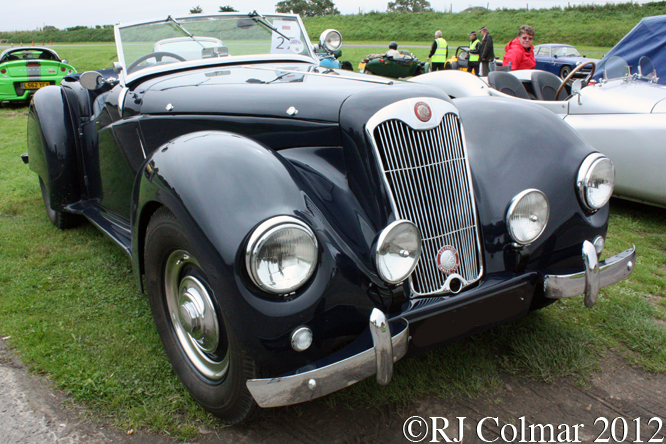
Weighing a ton but armed with a 87 hp motor a Lea Francis 14(taxable)hp Sports could reach 87 mph with steering and, rod operated, brakes to match. Unfortunately it’s price meant just 111 of these car were built between 1947 and 1949. This 1948 example is one of over 40 known survivor’s.
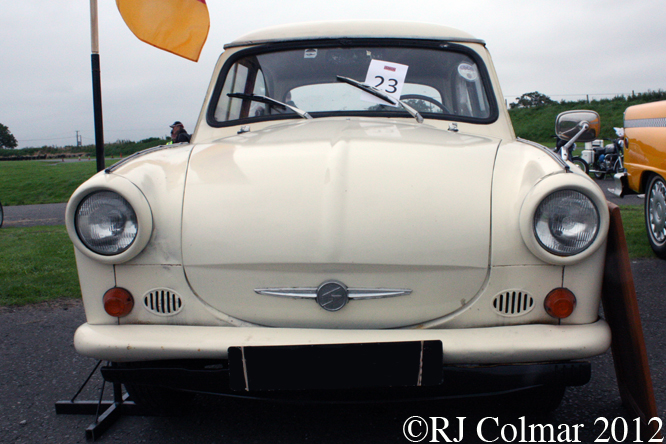
With a name that translates from German to Russian into Sputnik the East German Trabant P50 was launched in 1958 with two cylinder 18 hp 500 cc / 30.5 cui aircooled two stroke motor derived from a pre war DKW. The body made extensive use of Duroplast made from recycled cotton waste from the Soviet Union and local phenol resigns from the dye industry. This 1962 P60 is fitted with the more power powerful 23 hp 600cc / 36.6 cui motor that would remain in production, from 1964 in the ‘updated’ 601 series bodies, until the collapse of the Berlin wall 1989.
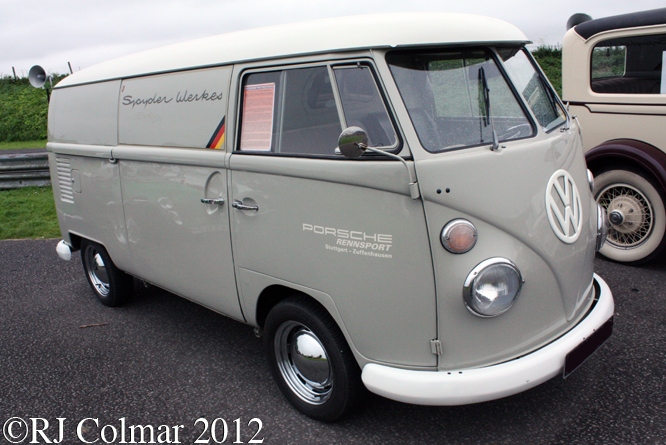
Despite having only 27,000 miles on the clock this 1966 Volkswagen Type 2 has many stories to tell, it started out like as a fire truck at Zurich Airport, it has rare for the period sliding doors on both sides to facilitate access to the fire pump that used to be inside. It then served as a fire truck in a Swiss Village, with 15,000 miles on the clock it came to the UK in 2003 and was bought and returned to it’s original factory supplied colours by Ross Gammie who discovered that it’s 53 hp was not really enough to pull his Porsche 908 race car. Since it’s redesignation as a race support vehicle the van with it’s period correct Porsche 356 wheels has since changed hands again.
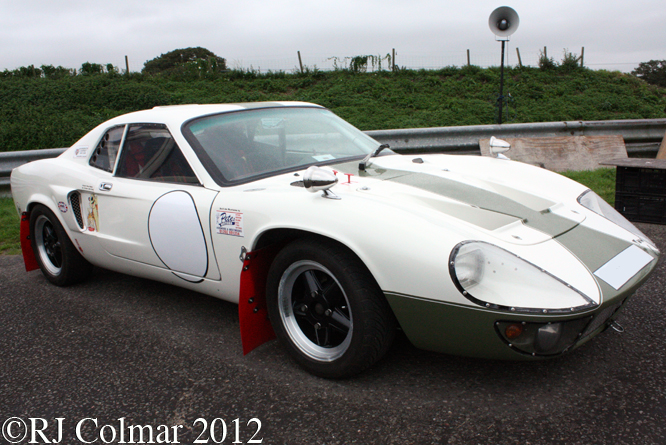
Amazingly the FT Bonito Special above also started life as a Volkswagen, a 1967 Beetle, before a conversion was started in 1986 to turn the bug into an FT Bonito, a kit car from a company called Fibrefab. The current owner found it unfinished in a garden in 1999 and has since brought it too life with a VW Golf motor. This is thought to be the only competition version of an FT Bonito ever to have been built.
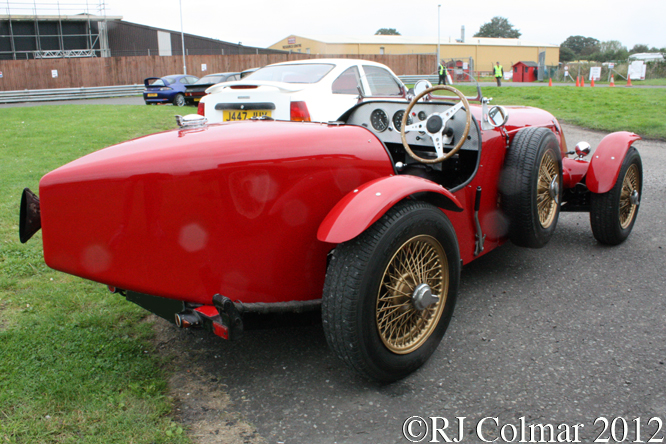
David Roots Lenham ALFA Romeo special was looking resplendent, even on a dull day, as usual.
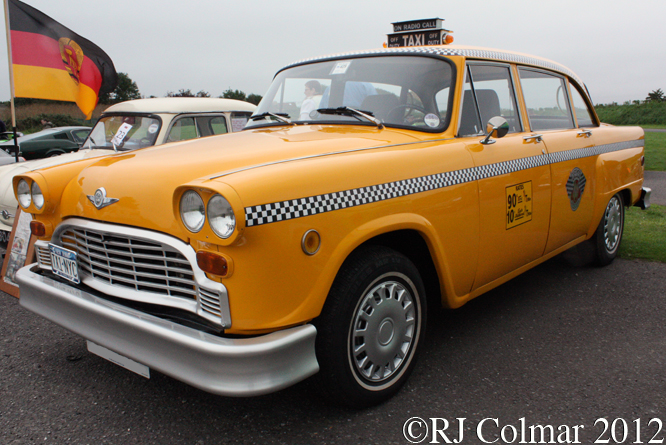
The New York ‘cab’ above is a 1978 Checker Marathon with a 160 hp 5735 cc / 350 cui V8 motor. The car is also operated for weddings and filming by rrelite.co.uk . Among it’s credits is an appearance in the 2008 Boyzone number Love You Anyway.
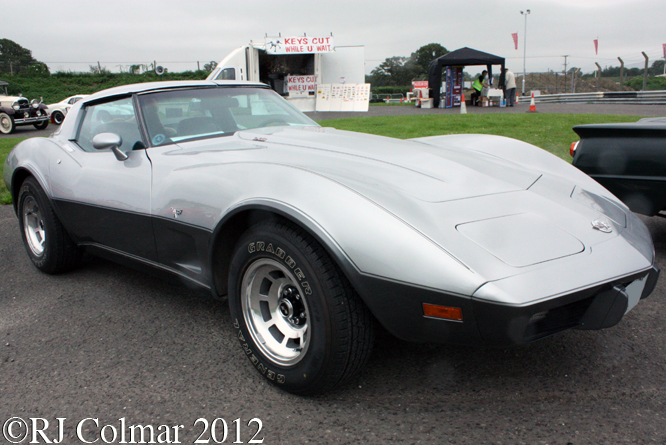
I looked in detail at a Chevrolet Corvette C3 some weeks ago the 1978 model seen here has the $399 B2Z 25th Anniversary option two tone paintwork along with the 25th Anniversary mandatory $380 option aluminium wheels and sport door mirrors.
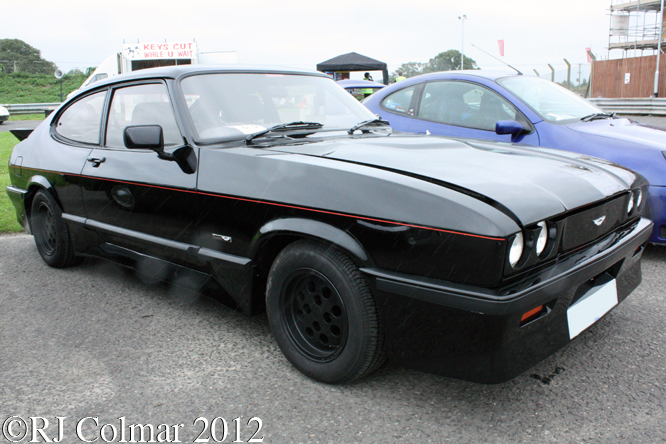
The Tickford Capri is a Ford sanctioned hand built Ford Capri with a 205 hp turbocharged motor that cost double the price of a standard 170 hp Ford Capri 2.8i. This 1984 example #002 was the first type approved version, ordered by someone desperately keen to have one built as close to the prototype show car before Tickfords had even moved into the planned production facility for the series.
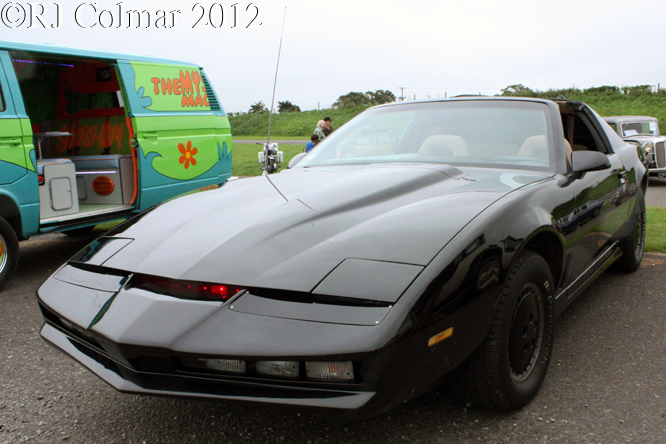
The 1984 Pontiac Trans Am based Knight Industries Two Thousand (K.I.T.T) was developed for the Foundation for Law and Government (FLAG) by Wilton Knight and was essentially an artificially intelligent electronic computer module installed in an advanced, mobile, robotic automobile.
The original 1982 K.I.T.T was a hard top, but no doubt in danger of getting a hot head due to his crime fighting success, it was deemed that Micheal Knight be given a Targa Top for the 1985 crime wave. This particular K.I.T.T thought to be one of thirty built is operated by rrelite.co.uk.
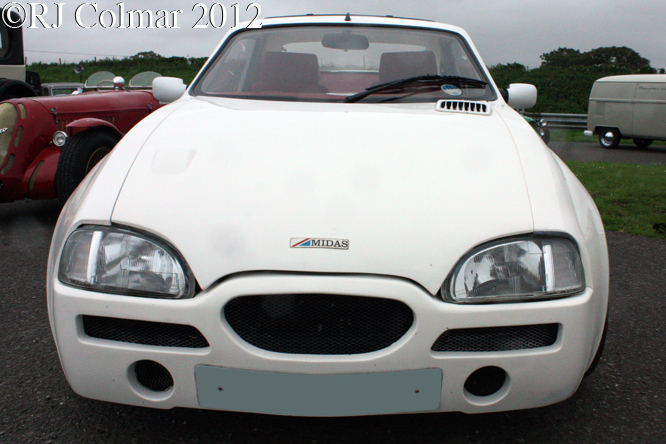
This 1991 Midas Cortez is the spiritual ancestor of the Mini Marcos with Rover Metro running gear.
Thanks for joining me on this “5th Rare Breeds Show” edition of “Gettin’ a li’l psycho on tyres” I hope you will join me again tomorrow. Don’t forget to come back now !

